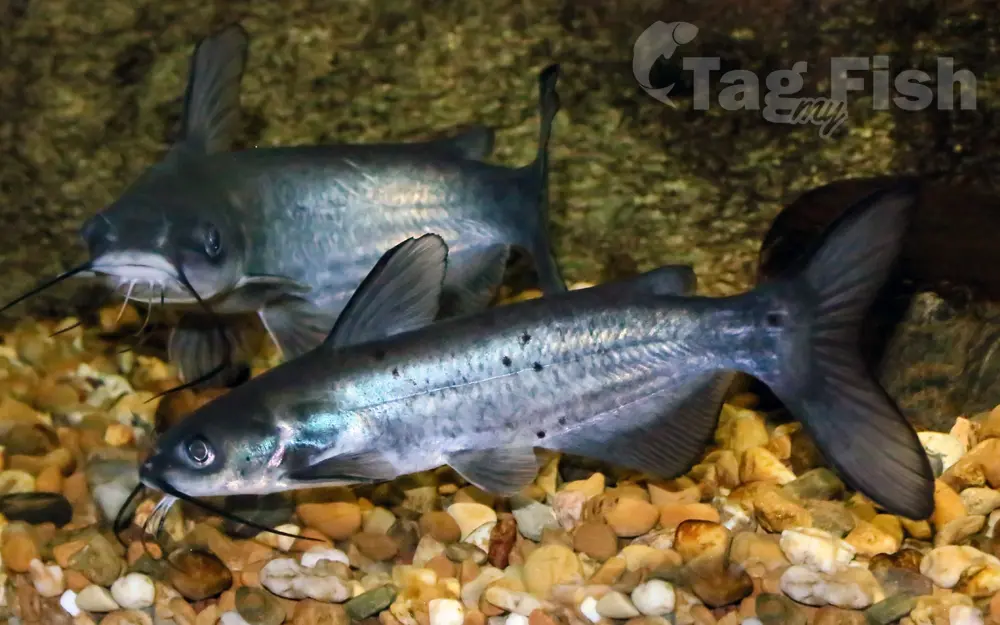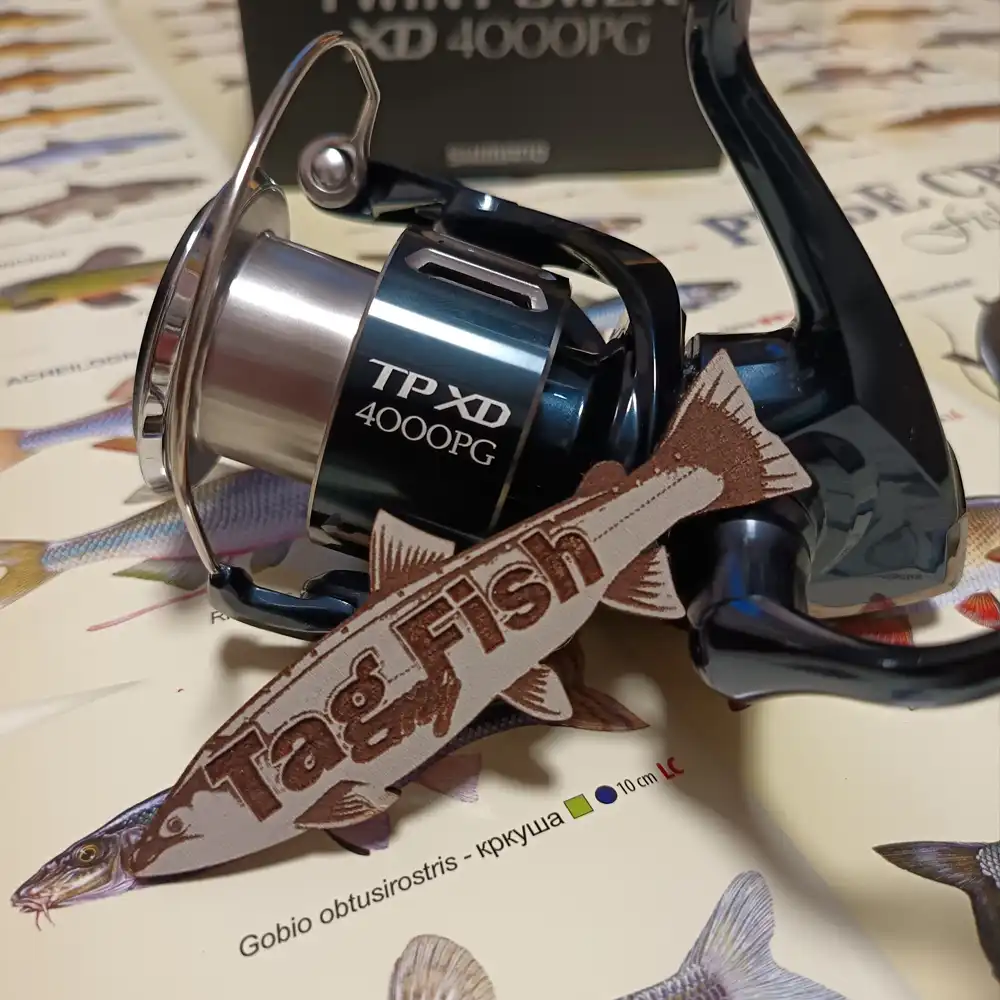Channel catfish (Ictalurus punctatus)

General data
- Main name: Channel catfish
- Climates: Subtropical, Temperate, Continental
- Habitat: Freshwater
- Native: Asia, North America
- Introduced: Europe
- Distribution: Ebro, Missouri River, Arno, Klamath River, Sacramento River, Savannah river, View all... Guadiana, Tagus, Pee Dee river, Santee River, Pascagoula River, Pearl river (Gulf of Mexico), Neches River, Sabine River, Brazos River, Guadalupe River (Texas), Sevier River, Rappahannock River, Trinity River (Texas), Caloosahatchee River, Apalachicola River, James river (Virginia), Colorado River (Texas), Neuse River, St. Lawrence River, Chesapeake Bay, Potomac River, Lamone, Ombrone, Po River, Mississippi River, Atchafalaya River, St. Johns River, Roanoke River
Classification
- Genus: Ictalurus - North American catfishes
- Family: Ictaluridae - North American freshwater catfishes
- Order: Siluriformes - Catfishes
- Class: Teleostei - Ray-finned fishes
- Superclass: Osteichthyes - Bony fishes
Description
The channel catfish is the official fish of Kansas, Missouri, Iowa, Nebraska, and Tennessee, and is informally referred to as a channel cat. In the United States, they are the most fished catfish species with around 8 million anglers targeting them per year. The popularity of channel catfish for food has contributed to the rapid expansion of aquaculture of this species in the United States. It has also been widely introduced in Europe, Asia and South America, and it is legally considered an invasive species in many countries. Distribution and habitat Channel catfish are native to the Nearctic, being well distributed in lower Canada and the eastern and northern United States, as well as parts of northern Mexico. They have also been introduced into some waters of landlocked Europe (Czech Republic and Romania) and parts of Malaysia and almost as many parts of Indonesia. They thrive in small and large rivers, reservoirs, natural lakes, and ponds. Channel cats are cavity nesters, meaning they lay their eggs in crevices, hollows, or debris, to protect them from swift currents. In Canada, the species is largely, though not exclusively, limited to the Great Lakes watershed from Lake Nipigon southward. Characteristics Channel catfish possess very keen senses of smell and taste. At the pits of their nostrils (nares) are very sensitive odor-sensing organs with a very high concentration of olfactory receptors.[citation needed] In channel catfish, these organs are sensitive enough to detect several amino acids at about one part per 100 million in water. In addition, the channel catfish has taste buds distributed over the surface of its entire body. These buds are especially concentrated on the fishs four pair of barbels (whiskers) surrounding the mouth — about 25 buds per square millimeter. This combination of exceptional senses of taste and smell allows the channel catfish to find food in dark, stained, or muddy water with relative ease. They also possess a Weberian apparatus, which amplifies sound waves that would otherwise not be perceivable. Length and weight A member of the American catfish genus Ictalurus, channel catfish have a top-end size of about 40–50 pounds (18–23 kg). The world record channel catfish weighed 58 pounds, and was taken from the Santee-Cooper Reservoir in South Carolina, on July 7, 1964. Realistically, a channel catfish over 20 lb (9 kg) is a spectacular specimen, and most catfish anglers view a 10-lb (4,5 kg) fish as a very admirable catch. Furthermore, the average size channel catfish an angler could expect to find in most waterways would be between 2 and 4 pounds. Channel catfish often coexist in the same waterways with its close relative, the blue catfish, which is somewhat less common, but tends to grow much larger (with several specimens confirmed to weigh above 100 lb).


